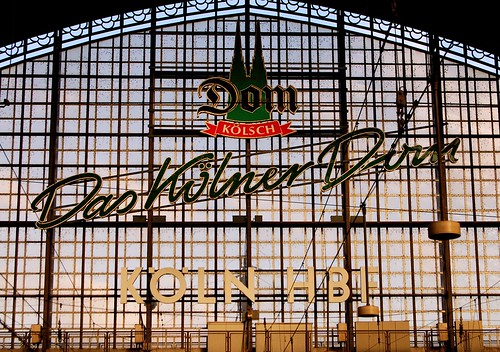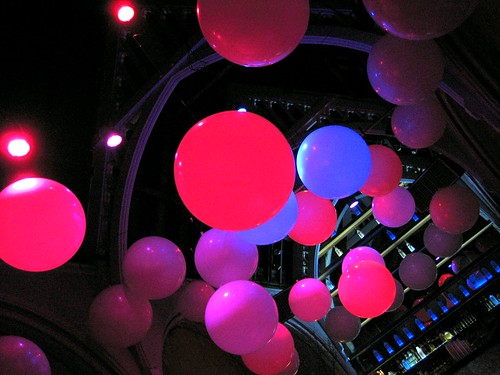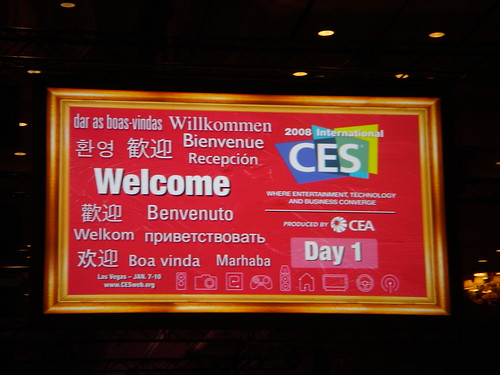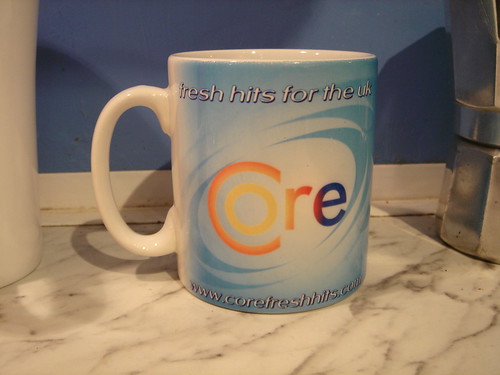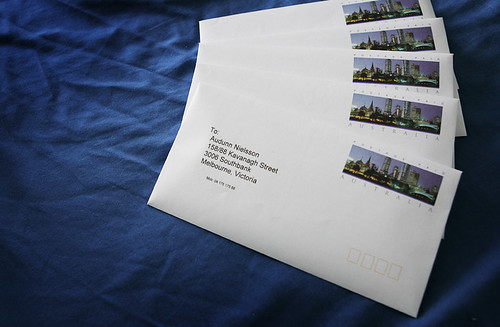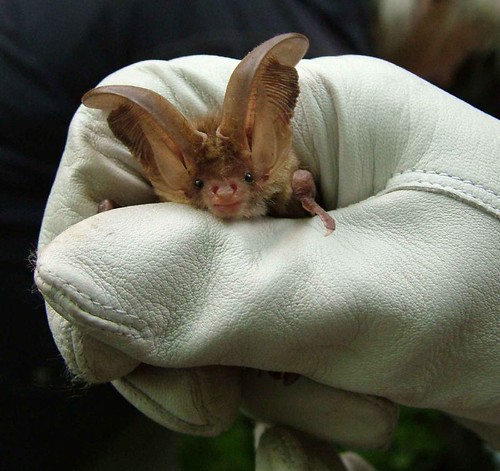
OFCOM’s Future of Radio consultation has come back for a part 2, following the initial findings published in November 2007. Whilst most attention has focused on the regulation applying to local content on Analogue radio, there is also a significant statement on DAB Sound Quality.
Sound quality is a subject that provokes ferocious sentiment in a small number of listeners, some of whom feel that DAB should have stuck to its original proposition of very high quality sound. They haven’t accepted that the success of DAB so far has been driven by the mass-market appeal created by variety of services, and so continue to look for ways to bring DAB back to the place they think it ought to be.
I wonder if OFCOM occasionally curse the Broadcasting Act (1996) that brought DAB to life, as it also contained a statutory requirement to regulate the “audio characteristics” of a service, a piece of legislatory meddling that was no doubt done to appease someone somewhere, but now looks increasingly anachronistic in a world of streaming over the Internet and via Digital TV where no such regulations exist.
Unfortunately, the statues stand (s 54(6A) and 54(6B) if you’re interested) so OFCOM isn’t in a position to allow the market to take its course as it would do anywhere else. It’s also a point of leverage that the audio connoisseurs can bring to bear.
At first glance, their statement that they will now regulate not just the bitrate for services, but also whether they’re in mono or stereo, is pretty heavy-handed.
I ‘ve always maintained that OFCOM is a pretty realistic and pragmatic regulator, so finding themselves in between the rock and the hard place, I think they’ve found a way of meeting their statutory obligations (of which they have no doubt been reminded by the lobby groups) whilst seeing a way through pragmatic requests for change.
Reading the justification for the decision:
“…our policy is intended to be a backstop to ensure that multiplex operators do not seek to unacceptably diminish the range and variety of the services that they broadcast by changing the audio characteristics of a radio service in order that freed-up capacity can be allocated to services which, in our view, would not be in the best interests of listeners. Examples of such services would be those aimed at a closed user group (i.e. not available to the general public) and where Ofcom judges this would not be in the overall public interest.”
That sounds like a very clear reference to DigitalOne’s situation where the (now defunct) BT Movio Mobile TV service chewed up vast amounts of capacity, forcing radio stations like Core and Life and theJazz into mono. As we’re some way past the event now, I can say that there was quite a lot of discussion about how to fit three radio stations into space made (snugly) for two, and in the end the decision was that it was better to run two moderate and one good quality mono services, than one medium quality stereo service and two ropey mono ones. If you disagree, then aim your complaints at me.
If OFCOM stick to the guidance they appear to have issued themselves, then I can’t see that it will affect reasonable requests from broadcasters, and by leaving the door open for a review in 12 months time there’s an opportunity to show that the market can manage services and spectrum effectively.
However, the phrase “shifting the deckchairs on the Titanic” also springs to mind. The reason D1 took BT Movio’s shilling (well, I hope it was more than 5p) was that it needed to justify the costs of their network and turn a profit, and that in turn overrode the economics of the radio industry and forced a capacity squeeze and a sound quality squeeze. The underlying problem of all of this – the reason why stations have to scrimp and save on capacity and cost – is that the infrastructure as originally built in the UK is too expensive.
OFCOM’s Digital Working Group, and particularly the Technology team, need to look at why DAB infrastructure is so inexplicably expensive, and how it can be got into the realms of the affordability that are achievable. If OFCOM can successfully apply their regulatory weight to that problem, then it will be appreciated by both broadcasters and listeners.

